Of the survivors in contaminated areas, some would be doomed of radiation sickness in hours, some in days, some in years. But, these areas, irregular in size and shape, as wind and topography might form them, would have no visible boundaries. No survivor could be certain he was not among the doomed and so added to every terror of the moment thousands would be stricken with the fear of death and the uncertainty of its time of arrival.
This is what is happening around Fukushima. This is what happened around Chornobyl.
We are in a serious predicament. We are facing the end of life on this planet. I once asked Carl Sagan if he thought there was any other intelligent life in the universe. He paused and said, “No. Because if any species had reached our stage of evolution, they would have destroyed themselves.”
We certainly seem to be bent on self-destruction. America and Russia own 97 percent of the hydrogen bombs in the world. Each country has about one thousand on hair-trigger alert, and about one thousand hackers attempt to infiltrate the Pentagon computers in a single day. The United States spends trillions of dollars on what is in effect socialized killing while the nation does not have a free health care system available like most civilized societies.
Global warming is also upon us. In Australia, we have had the hottest days we have ever had. I live in the middle of a forest of eucalyptus trees that explode with the heat. Ash falls from the sky as bushfires burn, while other parts of the country suffer severe floods. Meanwhile, we continue to export our coal to China, where it is burned, causing so much pollution that people find it difficult to breathe and are buying bottles of oxygen. We continue to manufacture more and more plastic, even when there is an island in the Pacific twice the size of Texas made entirely of plastic trash, which causes both intestinal obstruction and carcinogenic BPA and phthalate poisoning in the fish that feed on it and the birds that feed on the fish. We continue to allow fracking, which irreparably harms the environment. And all the while, the true god is money. All anyone believes in anymore is making more money, which is killing Earth.
Earth is gravely ill, and we must all now be physicians to the ailing planet. Otherwise we leave our children nothing. We can, however, stop global warming. We can stop coal mining. We can stop fracking. We can stop wasting electricity. We can do better than to manufacture plutonium just so that we can boil water at any time of the day. We can cover over parking lots around the nation with solar panels and have solar-powered electric cars. We can turn to solar, wind, and geothermal power for our energy needs.
Our sense of entitlement is extraordinary. We waste up to 30 percent of our electricity, yet ask most people where their electricity comes from and they do not have a clue. Nor would they know that if, for instance, we were all to stop using clothes dryers, it would save almost the same amount of energy as that produced by nuclear power. What we need to do is to educate people through the media; to give doctors and scientists a platform to analyze and expound upon the data; to teach people to think about the way we live and the consequences of nuclear power; and above all, to seriously think about how to save our children. America has become as wealthy as it is not only because of its natural resources but also because of the ingenuity of its people. America can easily show Earth what an energy-responsible nation can do, and it could take pride in its achievements. But for that, there needs to be a revolution, and that revolution has to come from you.
10: WHAT THE WORLD HEALTH ORGANIZATION, INTERNATIONAL ATOMIC ENERGY AGENCY, AND INTERNATIONAL COMMISSION ON RADIOLOGICAL PROTECTION HAVE FALSIFIED BY ALEXEY V. YABLOKOV
Arynchyn, A.N., and L.A. Ospennikova. “Lens Opacities in Children of Belarus Affected by the Chernobyl Accident.” In Recent Research Activities on the Chernobyl Accident in Belarus, Ukraine, and Russia , ed. T. Imanaka, 168–77. Kyoto: Kyoto University, 1998.
Bennet, Burton, Michael Repacholi, and Zhanat Carr, eds. Health Effects of the Chernobyl Accident and Special Health Care Programmes: Report of the Chernobyl Forum Expert Group “Health” . Geneva: World Health Organization, 2006.
Broda, R. “Gamma Spectroscopy Analysis of Hot Particles from the Chernobyl Fallout.” Acta Physica Polonica B18, no. 10 (1987): 935–50.
Fairlie, I., and D. Sumner. The Other Report on Chernobyl (TORCH) . Berlin: Altner Combecher Foundation, 2006.
Grodzinsky, D.M. “Ecological and Biological Consequences of the Chernobyl Accident.” In Chernobyl Catastrophe: History, Social, Economics, Geochemical, Medical and Biological Consequences , ed. V.G. Bar’yakhtar, 290–315. Kiev: Naukova Dumka, 1995.
Koerblein, A. “Studies of Pregnancy Outcome Following the Chernobyl Accident.” In ECRR: Chernobyl 20 Years On: Health Effects of the Chernobyl Accident , ed. C.C. Busby and A.V. Yablokov, 227–43. Aberystwyth: Green Audit Books, 2006.
Koerblein, A. “Einfluss der Form der Dosis-Wirkungsbeziehung auf das Leukämierisiko.” Strahlentelex , nos. 524–25 (2008): 8–10.
Kryvolutsky, D.A. Change in Ecology and Biodiversity After a Nuclear Disaster in the Southern Urals . Sofia: Pensoft, 1998.
Lyaginskaya, A.M., A.R. Tukov, V.A. Osypov, and O.N. Prokhorova. “Genetic Effects on Chernobyl’s Liquidators.” Radiation Biology Radioecology 47, no. 2 (2007): 188–95.
Malko, M.V. “Assessment of the Medical Consequences of the Chernobyl Accident.” In The Health Effects on the Human Victims of the Chernobyl Catastrophe , ed. I.P. Blokov, 194–235. Amsterdam: Greenpeace International, 2007.
Petoussi-Henss, N., et al. “Conversion Coefficients for Radiological Protection Quantities for External Radiation Exposures.” Annals of the ICRP 40, no. 2–5 (2010).
Scherb, H., and K. Voigt. “The Human Sex Odds at Birth After the Atmospheric Atomic Bomb Tests, After Chernobyl, and in the Vicinity of Nuclear Facilities.” Environmental Science and Pollution Research 18, no. 5 (June 2011): 697–707.
Sinkko, K., H. Aaltonen, R. Mustonen, T.K. Taipale, and J. Juutilainen. Airborne Radioactivity in Finland after the Chernobyl Accident in 1986 , Report STUK-A56. Helsinki: Finnish Center for Radiation and Nuclear Safety, 1987.
Sperling, K., H. Neitzel, and H. Scherb. “Evidence for an Increase in Trisomy 21 (Down Syndrome) in Europe After the Chernobyl Reactor Accident.” Genetic Epidemiology 36, no. 1 (2012): 48–55.
Tscheglov, A.I. Biogeochemistry of Technogenic Radionuclides in the Forest Ecosystems . Moscow: Nauka, 1999.
Yablokov, A.V., V.B. Nesterenko, and A.V. Nesterenko. “Chernobyl: Consequences of the Catastrophe for People and the Environment.” Annals of the New York Academy of Sciences 1181 (2009).
11: CONGENITAL MALFORMATIONS IN RIVNE, UKRAINE BY WLADIMIR WERTELECKI
Dancause, Kelsey Needham, Lyubov Yevtushok, Serhiy Lapchenko, Ihor Shumlyansky, Genadiy Shevchenko, Wladimir Wertelecki, and Ralph M. Garruto. “Chronic Radiation Exposure in the Rivne-Polissia Region of Ukraine: Implications for Birth Defects.” American Journal of Human Biology 22, no. 5 (2010): 667–74, doi:10.1002/ajhb.21063.
Wertelecki, Wladimir, Lyubov Yevtushok, Natalia Zymak-Zakutnia, Bin Wang, Zoriana Sosyniuk, Serhiy Lapchenko, and Holly H. Hobart. “Blastopathies and Microcephaly in a Chornobyl Impacted Region of Ukraine.” Congenital Anomalies , January 13, 2014, doi:10.1111/cga.12051 (online publication ahead of print publication).
Читать дальше
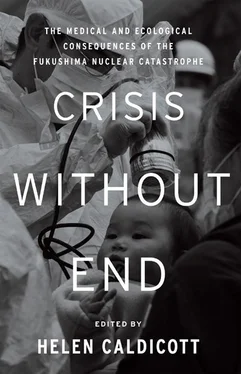
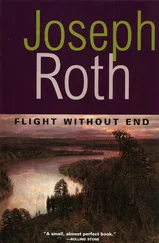
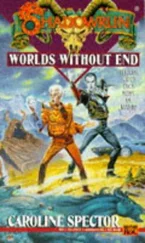
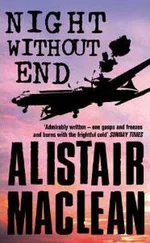
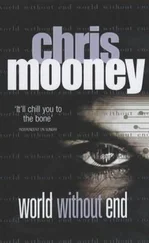

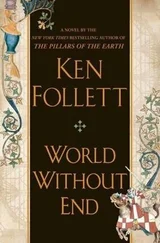
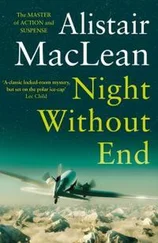

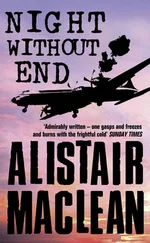


![Helen Rowland - The Widow [To Say Nothing of the Man]](/books/752764/helen-rowland-the-widow-to-say-nothing-of-the-man-thumb.webp)